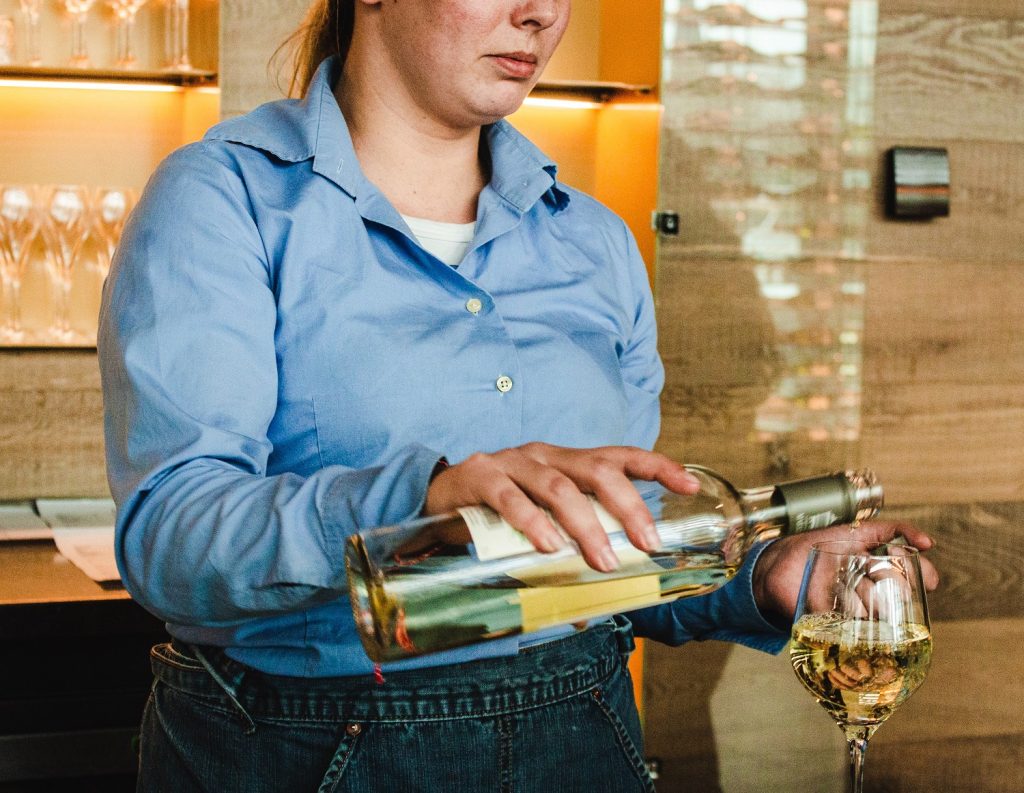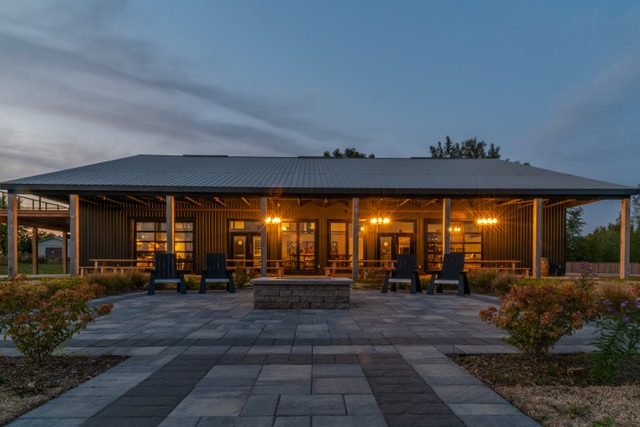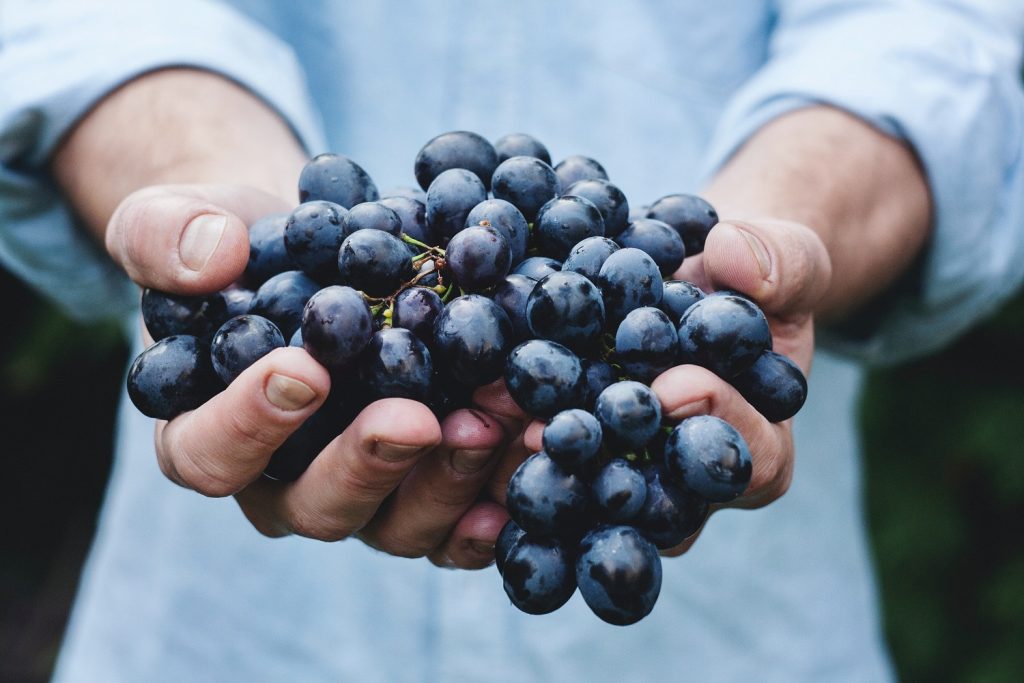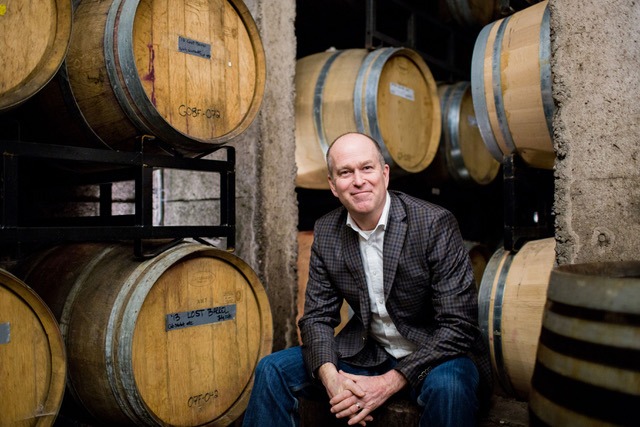How COVID-19 Drove Equity Wine Group’s Digital Presence
At the beginning of the COVID-19 lockdown, consumers were directed to stay home as much as possible, and without meals out at restaurants and drinks out at bars, at-home drinking increased. Pandemic stress and anxiety, boredom, and a need to create rituals all helped attribute to the increase in at-home drinking as well. According to a Nanos poll (commissioned in April 2020), 25 per cent of Canadians between the ages of 35 and 54 say they have increased the amount of alcohol they drink while at home during the COVID-19 pandemic. Meanwhile, 21 per cent of Canadians between 18 and 34 years of age also say this is the case.
With changing regulations that allowed for alcohol delivery and takeout in most provinces, restaurants were able to meet this shift in consumer demand. According to a report by Nielsen CGA, 26 per cent of consumers ordered takeout and delivery of food with alcohol. 44 per cent of consumers ordered alcohol and food from a restaurant through an online food delivery app. Wine and beer are the most popular categories ordered from takeout and delivery.
Adding to this, without dine-in service at restaurants, customers experienced long lines at local liquor stores, and consumers generally wanting to stay in meant alcohol brands moved to home delivery in a bid to connect directly with buyers.
While these advances in delivery and takeout provided another channel in which to maximize profits, a move to delivering cocktail kits, wine, spirits, and beer presented new challenges. How did and how can suppliers and operators create a seamless experience for consumers?

For Equity Wine Group, leveraging digital was essential to the transition, and as provinces across Canada see heightened case numbers and we come full swing into a second wave, looking back at key learnings from March can be a huge benefit.
Equity Wine Group is an Ontario-based VQA wine and cider producer selling to “On-Premise” Licensees and “Off-Premise” in the LCBO & Grocery. They own Creekside Estate Winery, Queenston Mile Vineyard, and 50 acres of premium Niagara vineyards. They also own Red Tractor Wines and have national rights to the newly launched Proud Pour Wines.
Before COVID-19, 10 per cent of Equity’s business was direct to home shopping. During COVID, however, this increased to an impressive 60 per cent during the early months of the first wave.
Andrew Howard, President of Equity Wine Group believes that COVID-19 has accelerated direct home delivery and digital delivery by 10 years. And while COVID continues to devastate the foodservice and hospitality industry, as we’ve seen with many operators, it has led the way in innovation. “As the consumer changes where they buy wine, we need to be there,” states Andrew.
Previously, Equity was challenged to sell premium wines given restaurants, and the LCBO focus on entry-level wines. This doesn’t allow Equity Wine Group to emphasize some of the unique selling propositions of Ontario wines. Selling through their winery, customers would primarily purchase mid and premium tier wines. However, with the pandemic, many of the winery features that provided an overall exciting customer experience were not available. Even as restaurants reopened patios (and now dine-in) knowing that many establishments were struggling to maintain positive cash flow, looking for other revenue streams was top of mind for Equity Wine Group.

An additional benefit to expanding direct home delivery for Equity Wine Group was the fact that direct winery sales are taxed differently allowing the winery to keep over 80 per cent of the dollars received whereas through the LCBO they keep just over 50 per cent. Of course, with direct home delivery, the importance of following health and safety procedures and regulations is increased, as this responsibility is with the winery (rather than a restaurant or bar). Customers need to be home at delivery time, and proper identification needs to be provided.

Andrew explains that communication with consumers was imperative in succeeding during a pandemic. “You have to get in front of customers, and make it easy for them,” he elaborates. “During COVID, having a strong and engaged consumer database, strong social media content, and creative offers are critical to capturing the at-home drinking occasion. It can’t be all about “selling” to them – you need to provide interesting content and, even better, make them smile a bit at a time when that is really needed.”
Andrew speaks about his regular customers; a couple that comes to the winery every summer weekend for example, and how digital has allowed them to stay connected, even with the distance. He points out that not only has COVID accelerated how they use digital marketing, but also in their in-person offerings. As regulations loosened to allow for outdoor dining, their Creekside Winery location put together picnic packs for guests to enjoy safely in the vineyard.
For Equity Wine Group, the business model is changing, and the road ahead is not paved smooth, but as consumers tastes, habits, and desires shift, the Group is looking to meet them right where they are.









